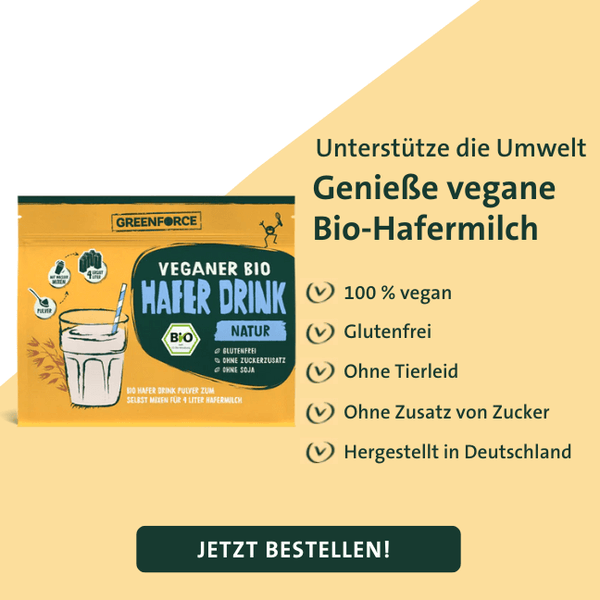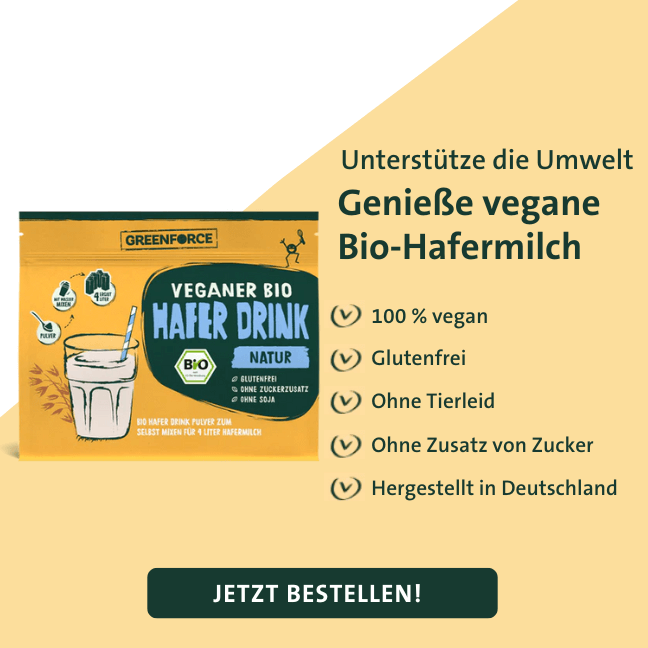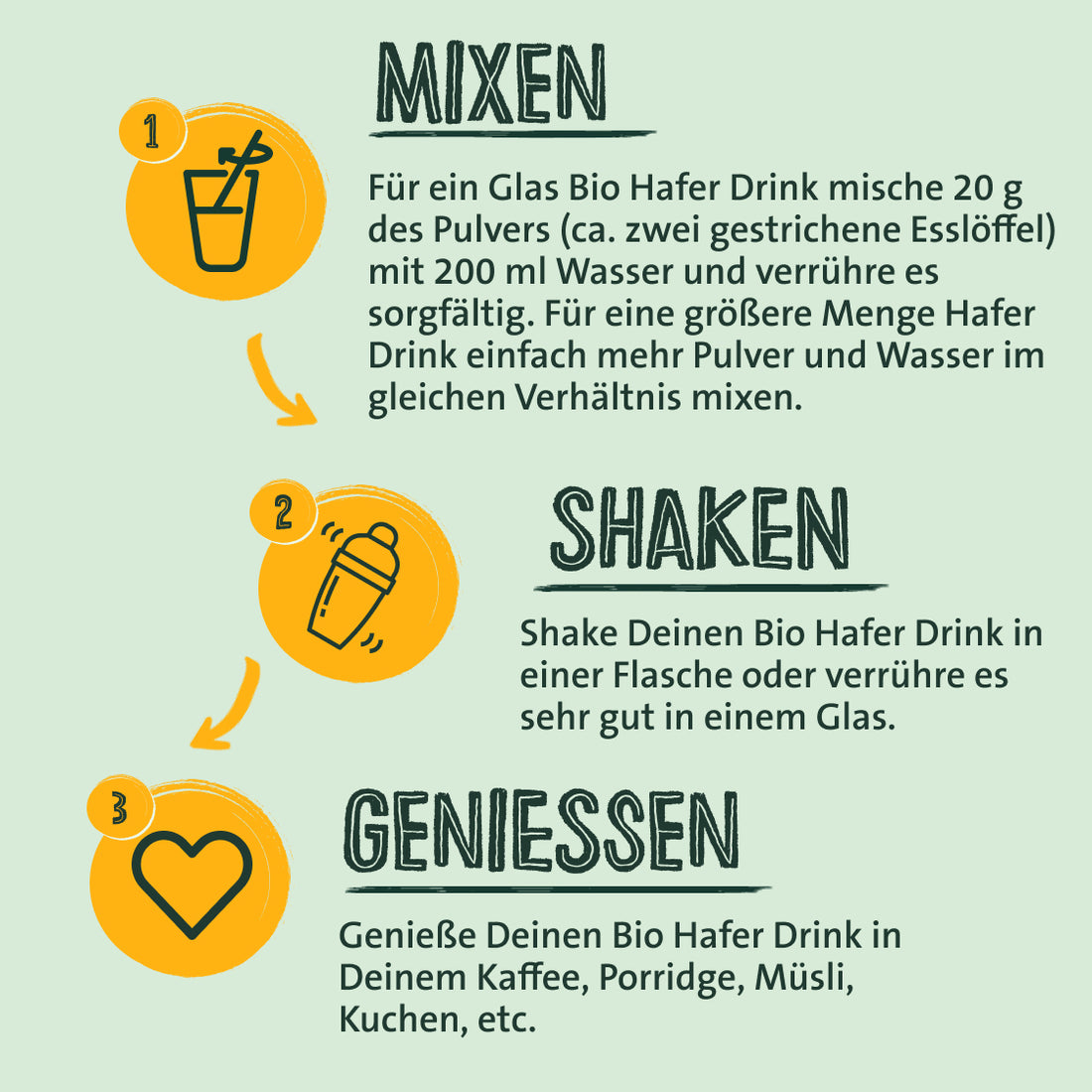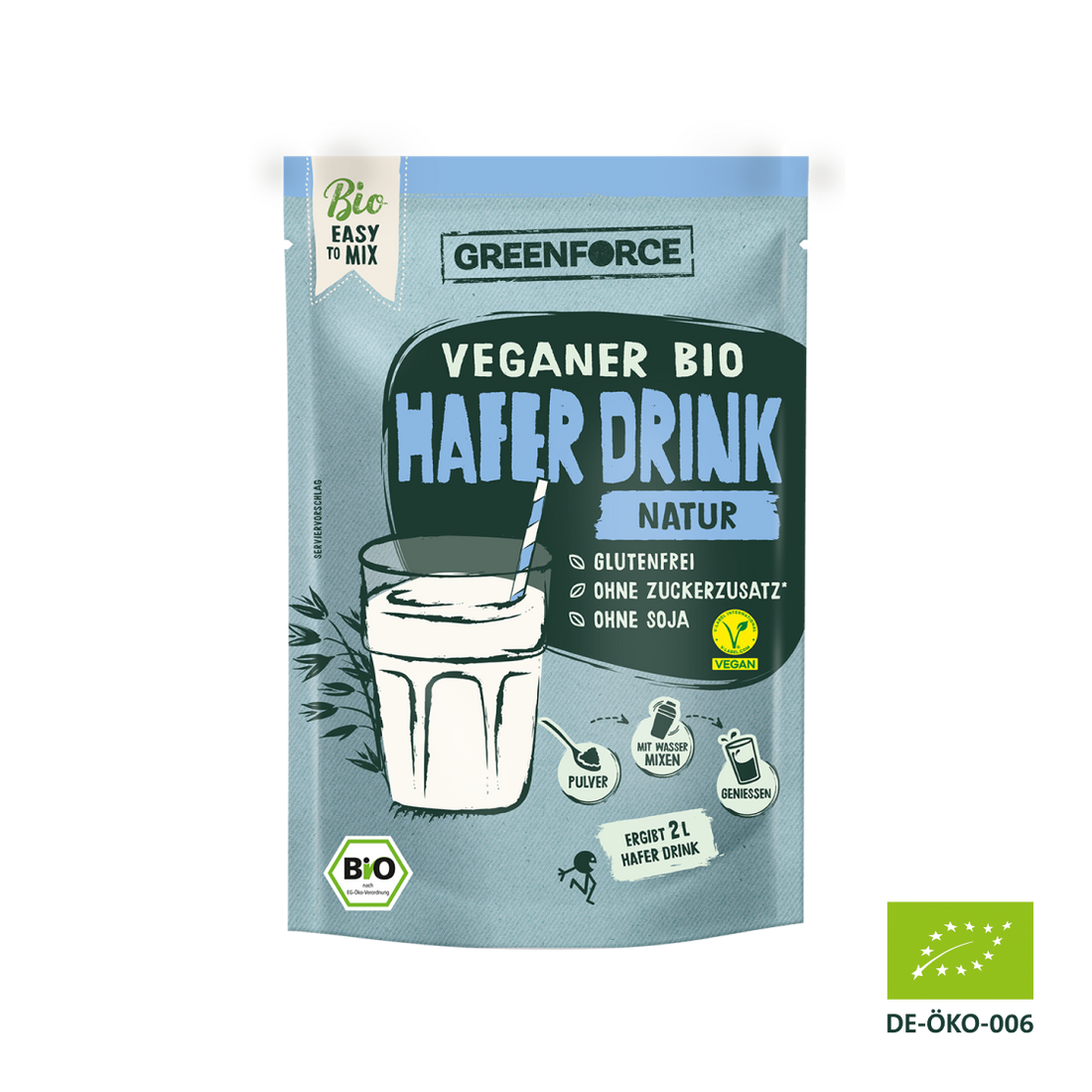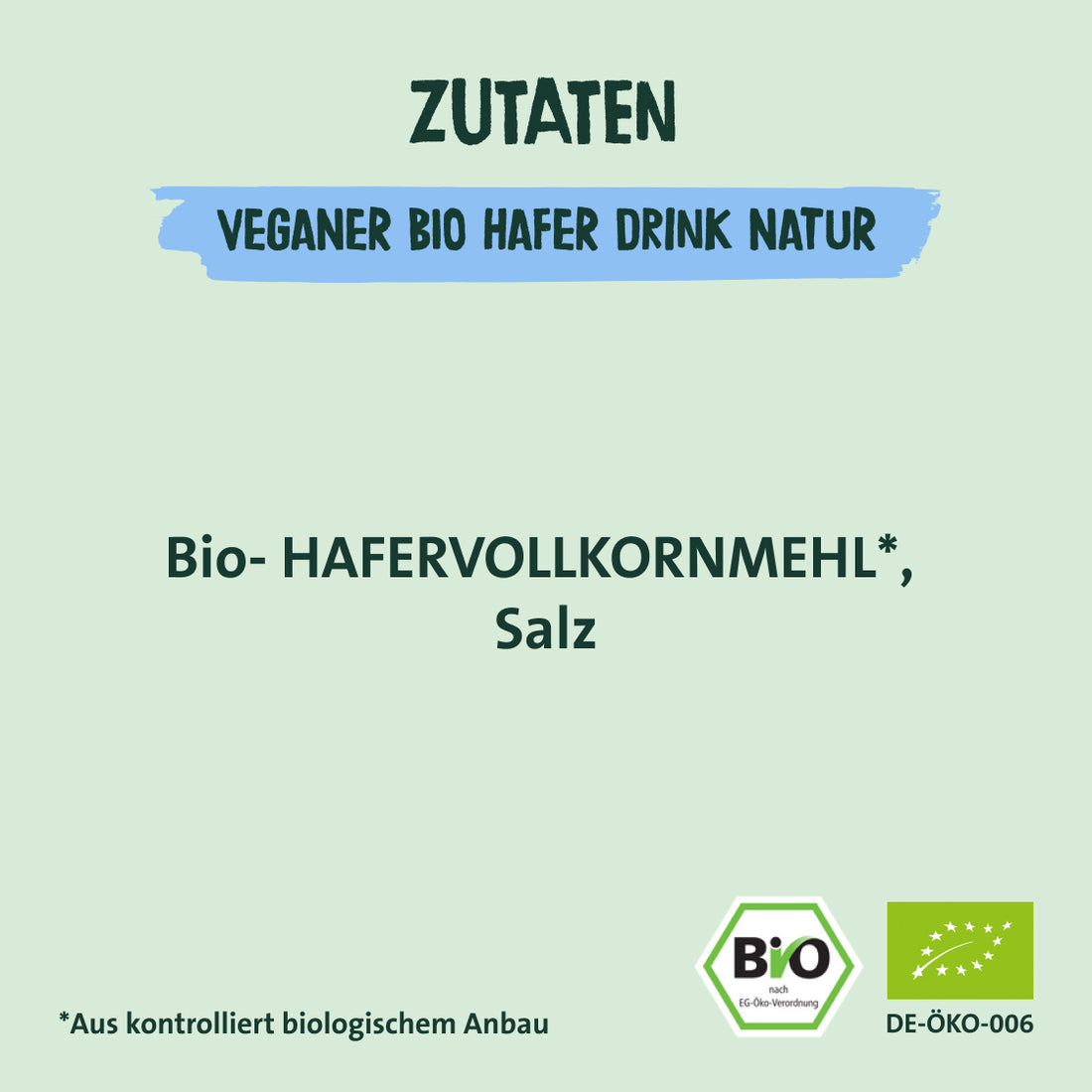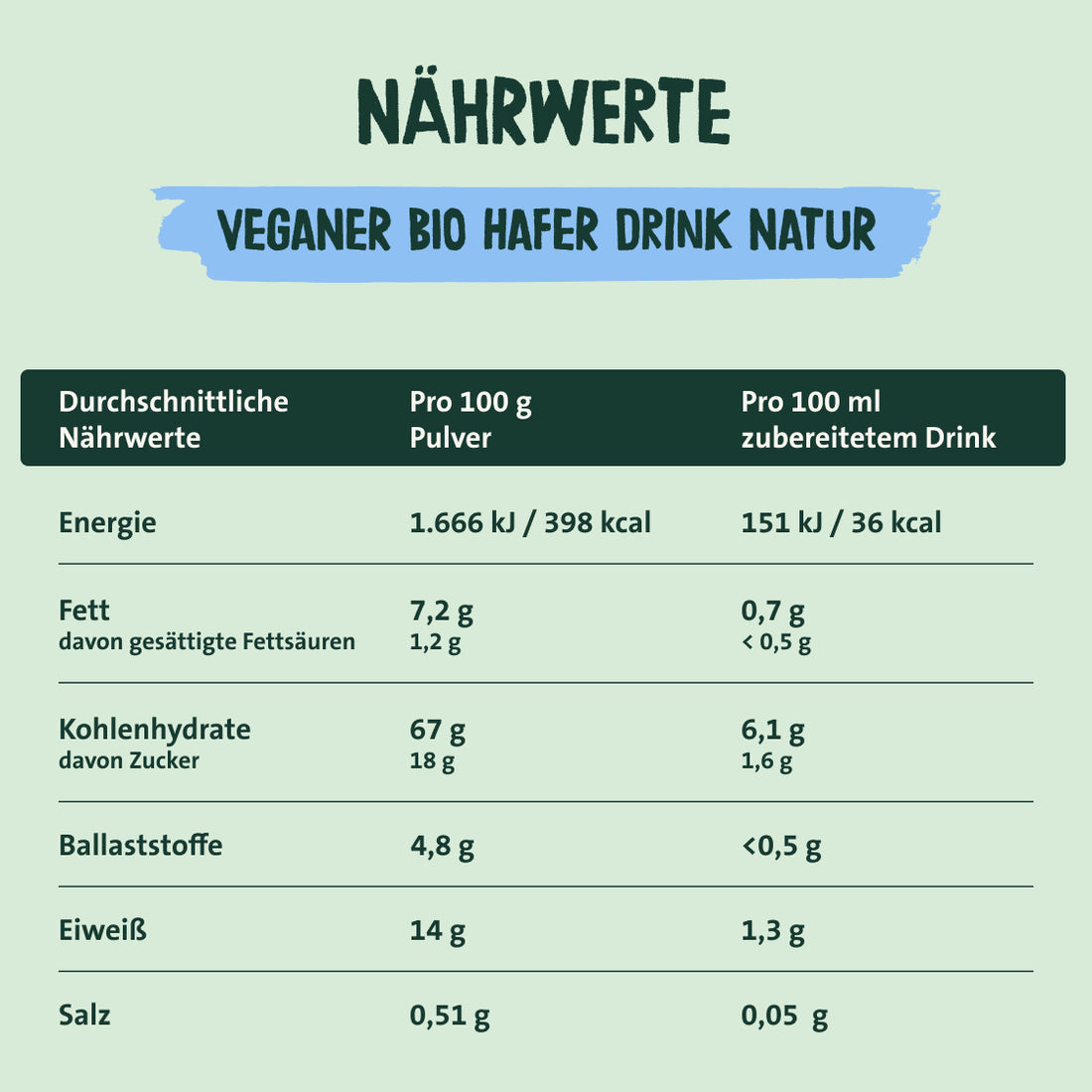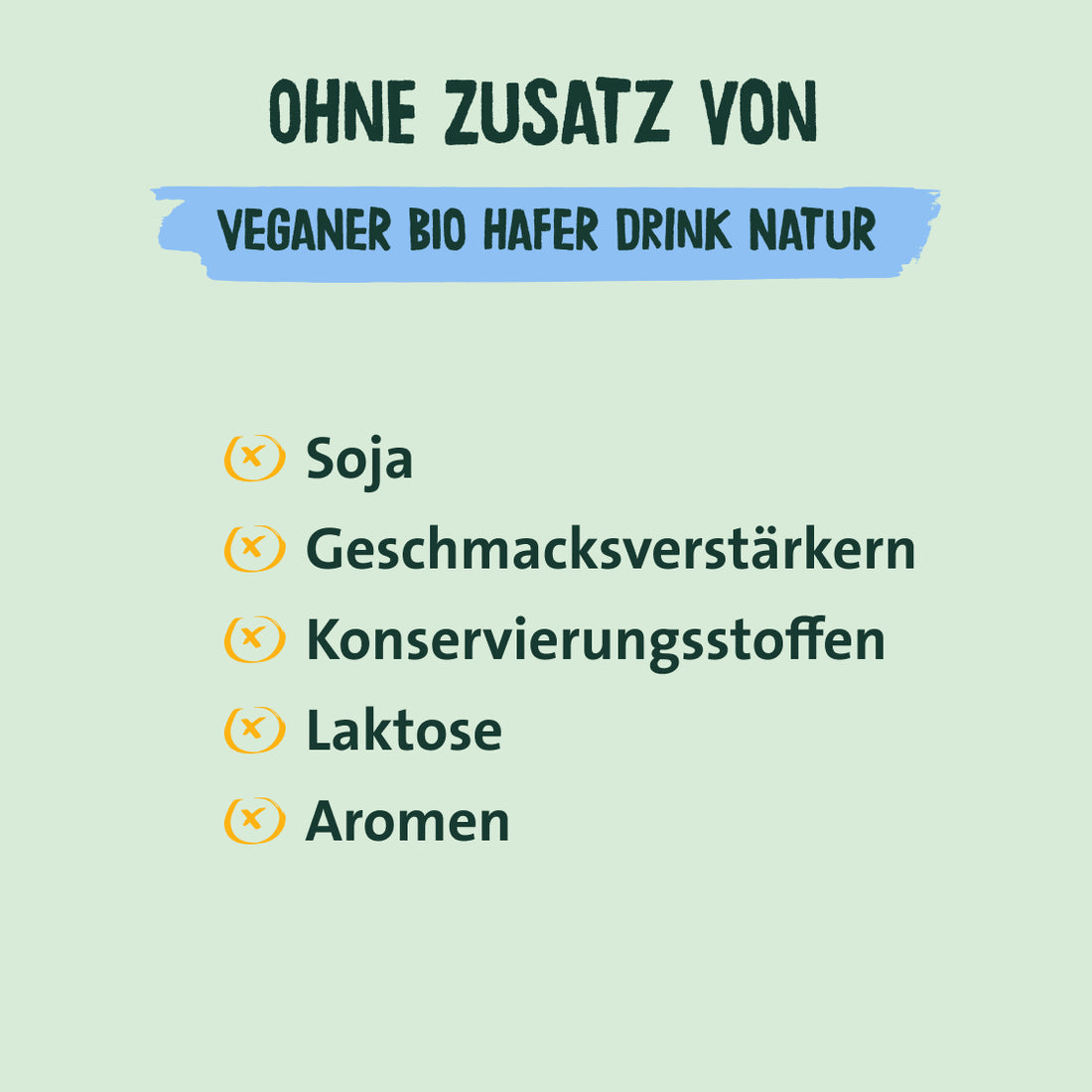The negative reactions to lactose are genetically determined. Either the consequences become apparent from birth, or the organism develops lactose intolerance in later years of life, often only in adulthood. What is interesting in this context is the worldwide distribution.
In Northern Europe the phenomenon is rather rare, while in Asia and Africa people have very poor tolerance to lactose. The ability to produce the enzyme lactase in the small intestine is almost completely absent in the inhabitants of the continents of Africa and Asia. In America, around 50 percent of the population is affected by lactose intolerance .
The reason for this seems to lie in the development of eating habits : While the keeping of cows in food production has become more and more widespread in Europe, especially in Northern Europe, in the last few centuries, cow's milk was and is not a common food in Asia and Africa.
Lactose intolerance is therefore not necessarily considered a disease, but rather is a consequence of adaptation to the foods available to a population group.
There is also lactose intolerance , which only develops later in life. Either the body's own lactase production decreases, which is the case for many Northern Europeans, or there is another underlying disease.
The technical term for this is acquired, secondary lactose intolerance, as opposed to the primary form, which is either present from birth or develops with age. The secondary form is a result of another disease that damages the intestinal lining and thus reduces the production of lactase .
These diseases come into question :
- gastrointestinal infections,
- chronic inflammatory bowel diseases, for example Crohn's disease,
- Food allergies or even
- Gluten intolerance (celiac disease).
Operations in the gastrointestinal area can also be a trigger. Secondary lactose intolerance does not have to be permanent.
It can disappear again when the original disease is cured. The chances are very good that if you are lactose intolerant, the fatigue will gradually decrease.
 Germany
Germany
 Austria
Austria
 Switzerland
Switzerland
 Netherlands
Netherlands
 Belgium
Belgium
 Luxemborg
Luxemborg






